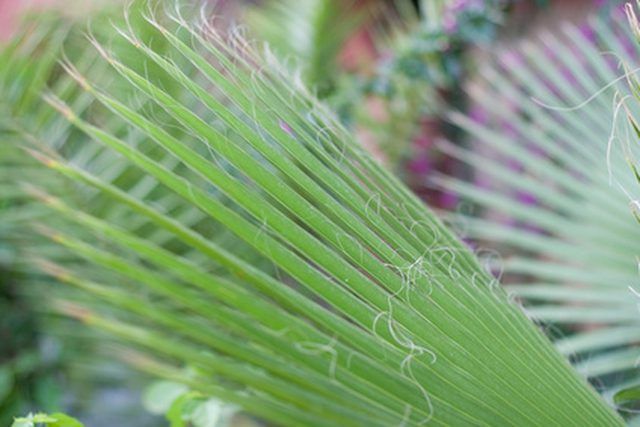Bulbs
Flower Basics
Flower Beds & Specialty Gardens
Flower Garden
Garden Furniture
Garden Gnomes
Garden Seeds
Garden Sheds
Garden Statues
Garden Tools & Supplies
Gardening Basics
Green & Organic
Groundcovers & Vines
Growing Annuals
Growing Basil
Growing Beans
Growing Berries
Growing Blueberries
Growing Cactus
Growing Corn
Growing Cotton
Growing Edibles
Growing Flowers
Growing Garlic
Growing Grapes
Growing Grass
Growing Herbs
Growing Jasmine
Growing Mint
Growing Mushrooms
Orchids
Growing Peanuts
Growing Perennials
Growing Plants
Growing Rosemary
Growing Roses
Growing Strawberries
Growing Sunflowers
Growing Thyme
Growing Tomatoes
Growing Tulips
Growing Vegetables
Herb Basics
Herb Garden
Indoor Growing
Landscaping Basics
Landscaping Patios
Landscaping Plants
Landscaping Shrubs
Landscaping Trees
Landscaping Walks & Pathways
Lawn Basics
Lawn Maintenance
Lawn Mowers
Lawn Ornaments
Lawn Planting
Lawn Tools
Outdoor Growing
Overall Landscape Planning
Pests, Weeds & Problems
Plant Basics
Rock Garden
Rose Garden
Shrubs
Soil
Specialty Gardens
Trees
Vegetable Garden
Yard Maintenance
How to Care for a Lipstick Palm
How to Care for a Lipstick Palm. The lipstick palm is a striking houseplant. Its bright red stalk and feathery palm leaves make the tree eye-catching. The stem can also come in yellow and deep shades of orange. The lipstick palm is also known as the sealing wax palm, and can reach up to 20 feet in height. The lipstick palm grows slowly and is not...

The lipstick palm is a striking houseplant. Its bright red stalk and feathery palm leaves make the tree eye-catching. The stem can also come in yellow and deep shades of orange. The lipstick palm is also known as the sealing wax palm, and can reach up to 20 feet in height. The lipstick palm grows slowly and is not hardy. It makes a good indoor houseplant, though it does require more care to thrive than other palm varieties.
Things You'll Need
Potting soil
Coarse sand
Peat moss
Large planter
Warm water
Tropical plant fertilizer
Plant the lipstick palm in loamy soil, or create your own by mixing one part peat moss with one part general purpose potting soil and one part coarse sand. Keep the palm in a pot that comes with drainage holes, and that is three times the width of the root ball.
Fertilize the lipstick palm once a month with a liquid tropical plant commercial fertilizer available at your local nursery or gardening center. Do not use regular fertilizer. You can also use a slow-releasing granular fertilizer. If you go that route, add the fertilizer to the soil in the spring.
Water the lipstick palm with lukewarm water. Keep the soil constantly moist to the touch at a depth of 3 inches. The lipstick palm is a native plant of Asian swamps, and it will not tolerate drying out. When you water, pour the water into the soil until it comes out of the drainage holes in the pot. Let it sit for 20 minutes before you empty the tray under the pot.
Keep the potted plant in bright light, but out of direct sunlight. It can tolerate partial shade, but full sun may dry it out. Keep the plant in a constantly warm environment of around 75 degrees F. Never let the plant experience temperatures below 40 degrees F.